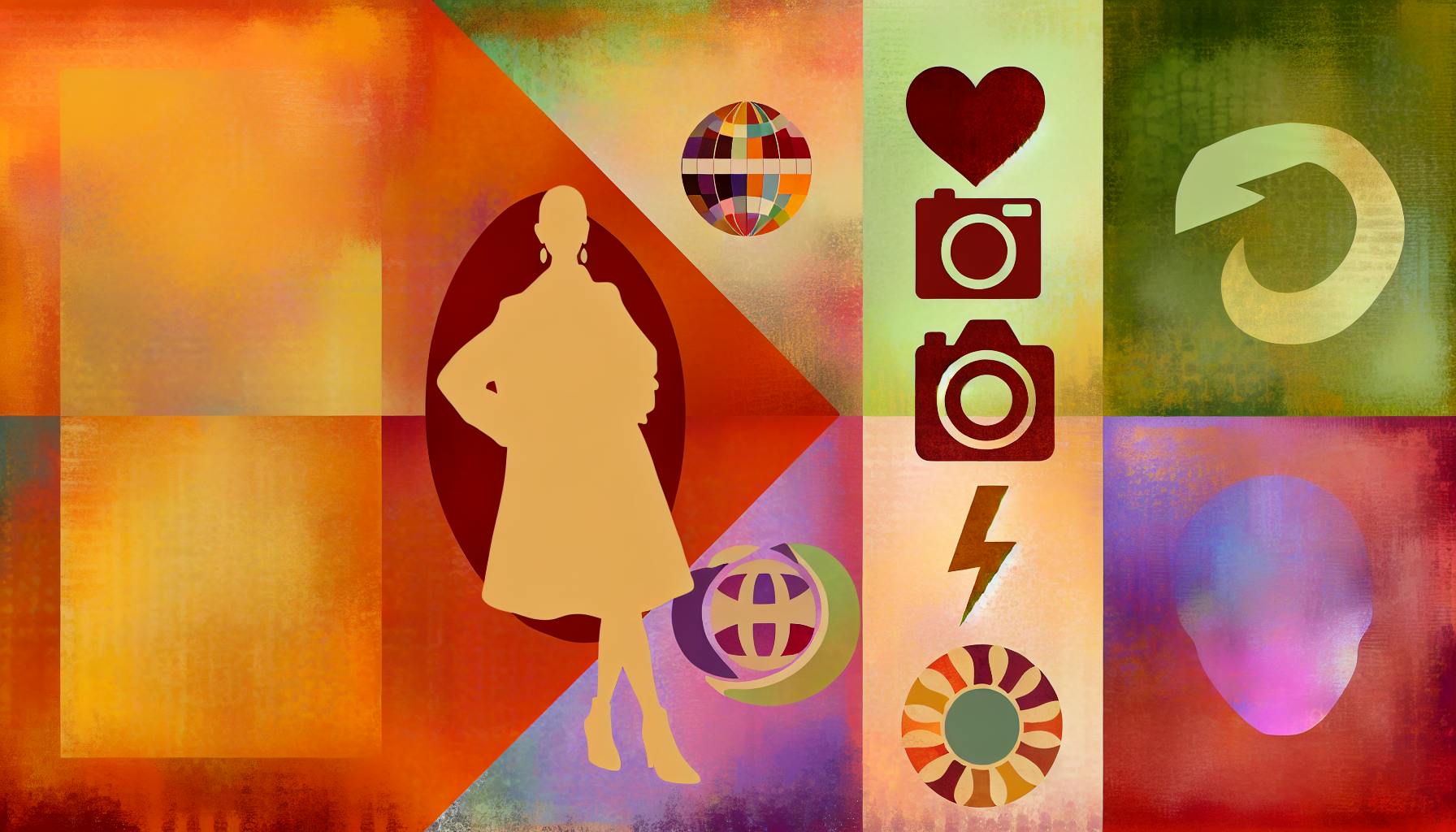Want to spark creativity? Add some limits. Here's why constraints can boost innovation:
- Force you to think differently
- Help focus on what matters
- Push you to find clever solutions
8 real-world examples of innovation born from constraints:
- Apple's MacBook Air: Super-slim design
- Tesla's production tent: 150% output increase
- Twitter's character limit: New communication styles
- Dr. Seuss's 50-word challenge: Bestselling book
- LEGO's new themes: Hit products post-Star Wars
- SpaceX's reusable rockets: Cheaper space travel
- WWII rationing: Creative recipes like Woolton Pie
- ClipDish's quick launch: Using existing tools
Key takeaways:
- Set clear limits
- Use existing constraints
- Make limits a fun challenge
- Mix different types of constraints
- Use limits to guide, not restrict
Next time you face a constraint, see it as an opportunity to innovate, not a roadblock.
| Constraint Type | Effect on Innovation |
|---|---|
| Time limits | Quick, smart choices |
| Resource limits | Do more with less |
| Rule limits | New ways of thinking |
Remember: The best ideas often come from working within boundaries, not having endless options.
Related video from YouTube
Why Limits Help Create New Ideas
Limits aren't just roadblocks. They're idea boosters. Here's why:
What Studies Show
Research backs this up. A review of 145 studies found that some limits help people and teams come up with better ideas. But there's a catch:
- Too many limits? Creativity dies.
- Too few? People get lazy.
The sweet spot? Limits on time, money, rules, and goals. These can spark new ideas when used right.
How Limits Affect Thinking
Limits push us to think differently. Here's how:
-
They make us focus
Can't do everything? We zero in on what matters. This focus helps us dig deeper.
-
They challenge us
Limits are like puzzles. Our brains love solving puzzles.
"Constraints can foster innovation when they represent a motivating challenge and focus efforts on a more narrowly defined way forward." - Harvard Business Review
-
They force new connections
With limits, we mix ideas in new ways. Hello, unexpected solutions!
-
They cut out the fluff
No limits? We might pick the easy way out. Limits make us work for better results.
Real-world example:
GE Healthcare had to make a portable ECG machine. Their limits:
- Cost: $1 per scan
- Weight: Under 3 pounds
- Time: 18 months
- Budget: $500,000
These tight limits pushed the team to think differently. The result? The world's first ultra-portable ECG machine. Better healthcare for rural areas.
Limits can lead to big breakthroughs. Embrace them, and you might just unlock a whole new way of thinking.
8 Examples of New Ideas from Limits
Let's look at real cases where limits sparked innovation:
1. Apple's Thin Laptop
Apple wanted a super-slim laptop. The result? The MacBook Air. They had to rethink everything:
- New unibody aluminum case
- Fanless design
This set a new bar for portable computers.
2. Tesla's Production Boost
Tesla hit a wall with production. Their fix? A giant tent for a new assembly line. Sounds crazy, but it worked:
- Before: 2,000 cars/week
- After: 5,000 cars/week
All in just 6 months.
3. Twitter's Character Crunch
Twitter's tight character limit (first 140, now 280) forced users to get creative. It led to:
- Hashtags
- @mentions
- Retweets
Users found clever ways to say more with less.
4. Dr. Seuss's Word Challenge
The challenge: Write a kids' book using only 50 unique words. The result? "Green Eggs and Ham". It's sold over 8 million copies.
5. LEGO's Original Ideas
When LEGO lost Star Wars, they had to innovate. They came up with:
These new themes were a hit, expanding LEGO's appeal.
6. SpaceX's Budget Rockets
SpaceX faced tight budgets. Their solution? Reusable rockets. The impact:
- Old cost per launch: $62 million
- New cost per launch: $50 million
This made space more accessible.
7. Wartime Food Creativity
World War II rationing led to culinary innovation. Example: "Woolton Pie", a veggie pie that became a British staple.
8. ClipDish's Quick Launch
ClipDish needed to launch fast. They used existing tools instead of building from scratch. This got them to market quicker and allowed for rapid iteration based on user feedback.
These examples show how limits can push us to think outside the box. Embracing constraints often leads to unexpected breakthroughs.
sbb-itb-bc761f5
Main Points from the Examples
The examples show how limits can spark new ideas. Here's what they have in common:
1. Tight deadlines push quick thinking
Tesla boosted production in just 6 months. ClipDish launched fast using existing tools. These time limits forced smart, quick choices.
2. Resource limits lead to clever fixes
Apple made the MacBook Air super thin by rethinking the design. SpaceX cut launch costs by reusing rockets. Limited resources push people to do more with less.
3. Rules spark creativity
Twitter's character limit created new ways of communicating. Dr. Seuss wrote a best-seller with just 50 words. Strict rules can push people to think differently.
Key Lessons
Here's what we can learn:
1. Set clear limits
Give your team specific goals or limits. This focuses their efforts. LEGO's team had to create new themes when they lost Star Wars. This clear task led to hits like Ninjago.
2. Embrace existing limits
Don't fight limits - use them. During World War II, food rationing led to new recipes like Woolton Pie. Limited ingredients pushed cooks to be more creative.
3. Make limits a challenge
Frame constraints as a fun challenge. This can motivate your team. "Top Chef" uses this idea with its "Quick Fire Challenge". Chefs cook with strict rules, pushing their creativity.
4. Balance different types of limits
Mix up the kinds of limits you use. Google does this well:
| Type of Limit | How Google Uses It |
|---|---|
| Freedom | Employees work on their own projects |
| Time | Strict deadlines for these projects |
| Performance | High goals for project outcomes |
This mix keeps people motivated and focused.
5. Use limits to guide, not restrict
Limits should help, not hold back. Apple's focus on simple design isn't just a rule - it guides how they make products. This clear direction helps teams make better choices.
Using Limits to Create New Ideas
Limits aren't just roadblocks. They can be powerful tools for creativity. Here's how content creators can use constraints to their advantage:
Working with Limits in Content Making
1. Set clear deadlines
Graphic designer Damien Correll swears by strict time limits. Why? They force him to act on ideas quickly, often leading to better results.
2. Narrow your focus
Don't write about "climate change". Write about "climate change and schools". Specific topics help you dig deeper and find fresh angles.
3. Use word limits
Helen Phillips wrote her first book with a 340-word limit per story. The result? More freedom and creativity in her writing.
4. Try new formats
Mix it up:
| Content Type | Constraint Example |
|---|---|
| Poetry | Only use cookbook words |
| Short stories | Base each on one word from a famous poem |
| Visual content | Create using only negative space |
Seeing Limits as Chances
Change your view on limits, and watch the ideas flow:
1. Frame limits as puzzles
Don't see roadblocks. See problems to solve. This mindset shift can spark creativity.
2. Use limits to find focus
GE Healthcare had to make a $500,000 ECG machine with $1 scans. Tough limits? Yes. But they helped the team focus on what mattered, bringing medical care to rural areas.
3. Mix freedom and limits
Google lets employees work on personal projects. But they also set strict deadlines and high goals. This balance keeps people motivated and focused.
4. Start with something, not nothing
A 2015 study found art students made more creative paintings when given a canvas with a mark to work around. Sometimes, a starting point is all you need.
5. Use limits to push past the obvious
Constraints make you think harder and connect ideas in new ways. During World War II, food rationing led to creative new recipes. Fewer ingredients? More innovation.
Remember: Limits aren't the end of creativity. They're often just the beginning.
Wrap-up
Limits aren't roadblocks. They're springboards for new ideas.
Here's why:
- Limits narrow your options, helping you focus on what matters.
- They push you to think differently and find new solutions.
- With fewer choices, you make decisions faster.
The best ideas often come from working within boundaries.
"Thinking outside the box is all well and good, but if the box is the right size and shape it might help, not hinder, your creativity." - Adam Richardson, Author of Innovation X: Why a Company's Toughest Problems are its Greatest Advantage
So, next time you face a limit:
- See it as a puzzle, not a problem
- Use it to spark new thinking
- Embrace the challenge
Innovation isn't about having endless options. It's about making the most of what you have.



